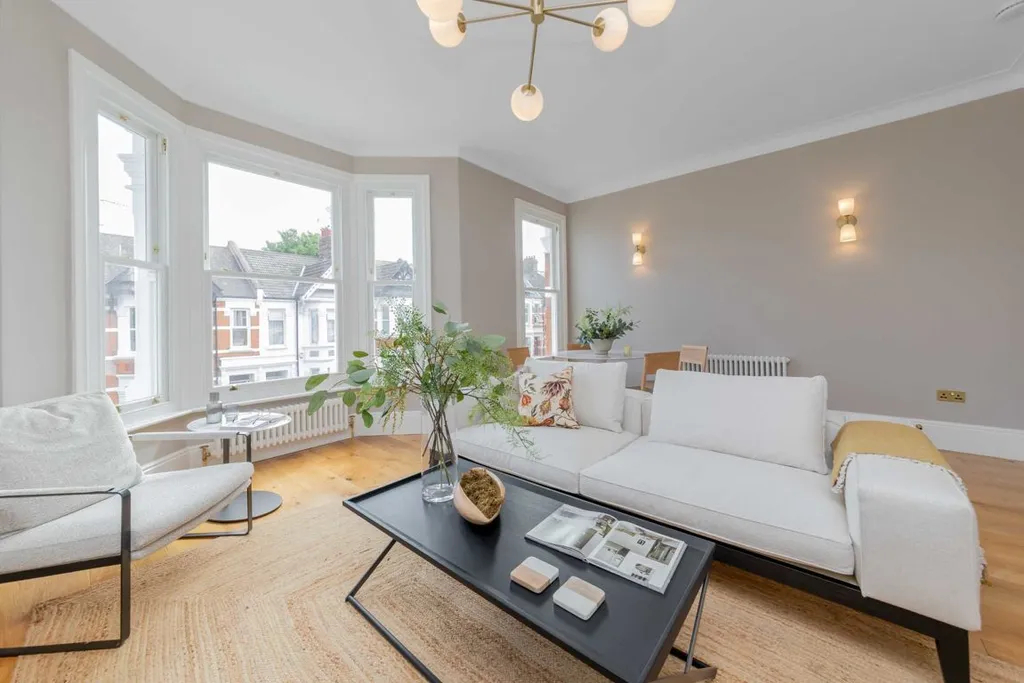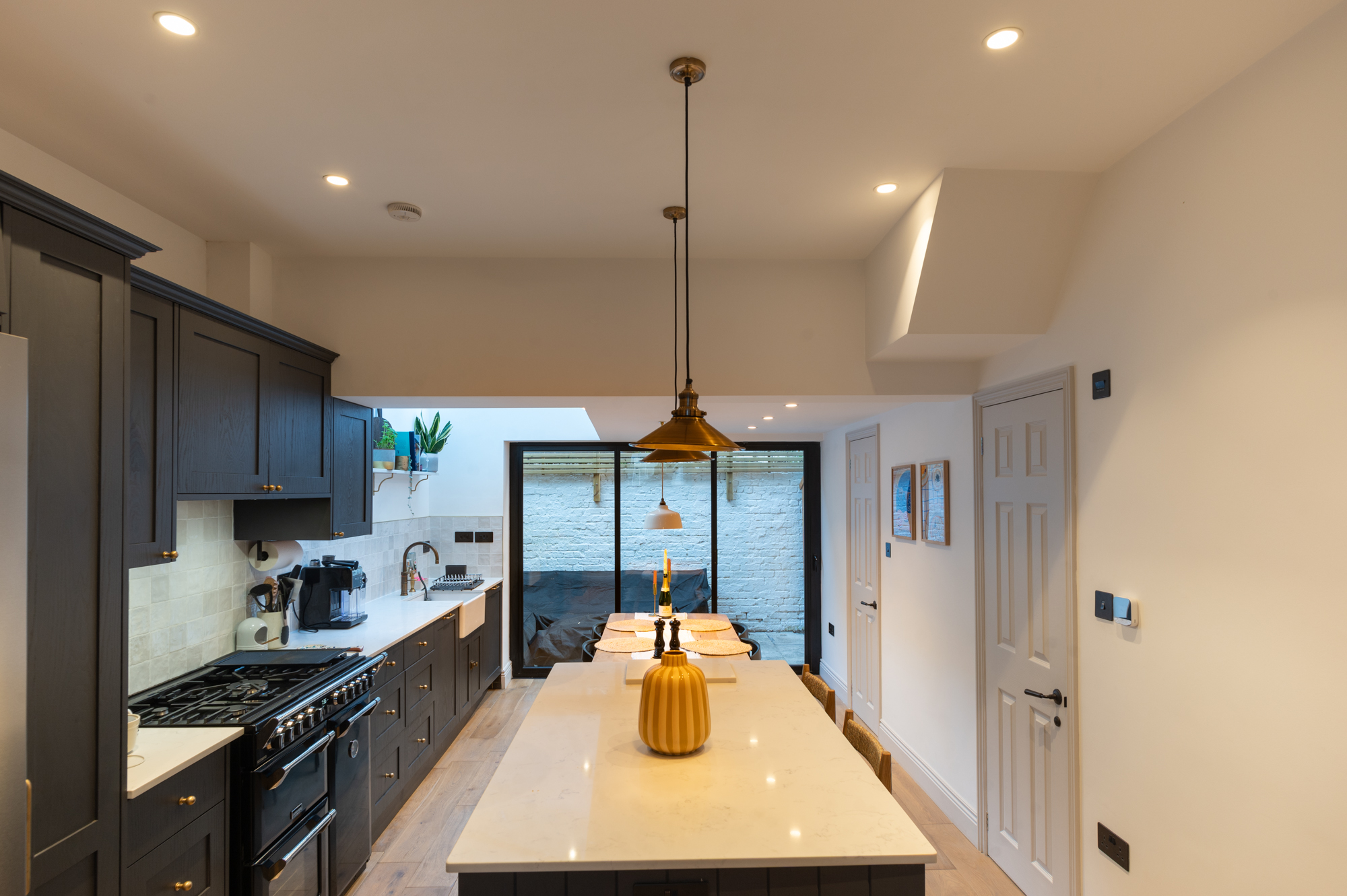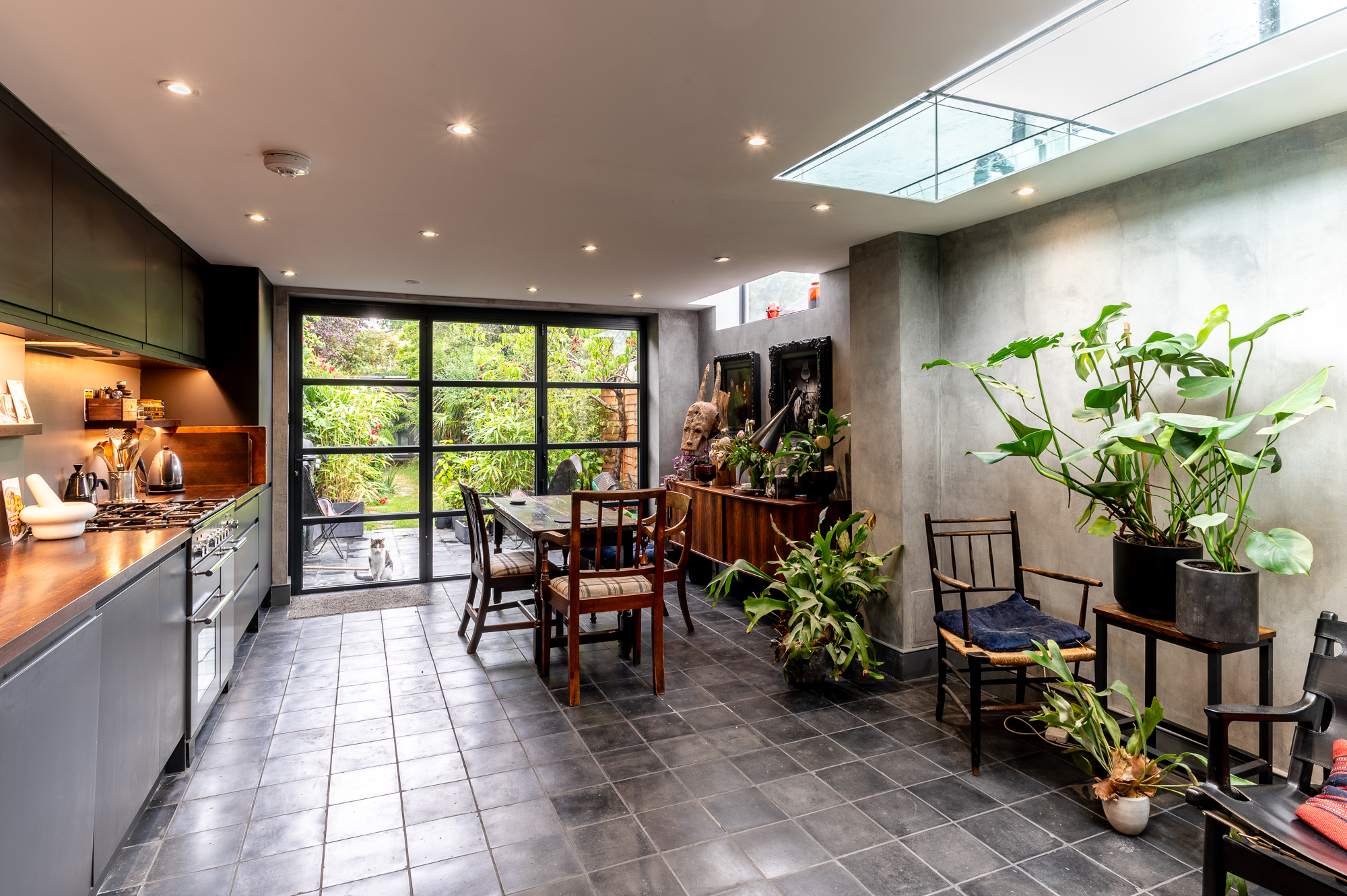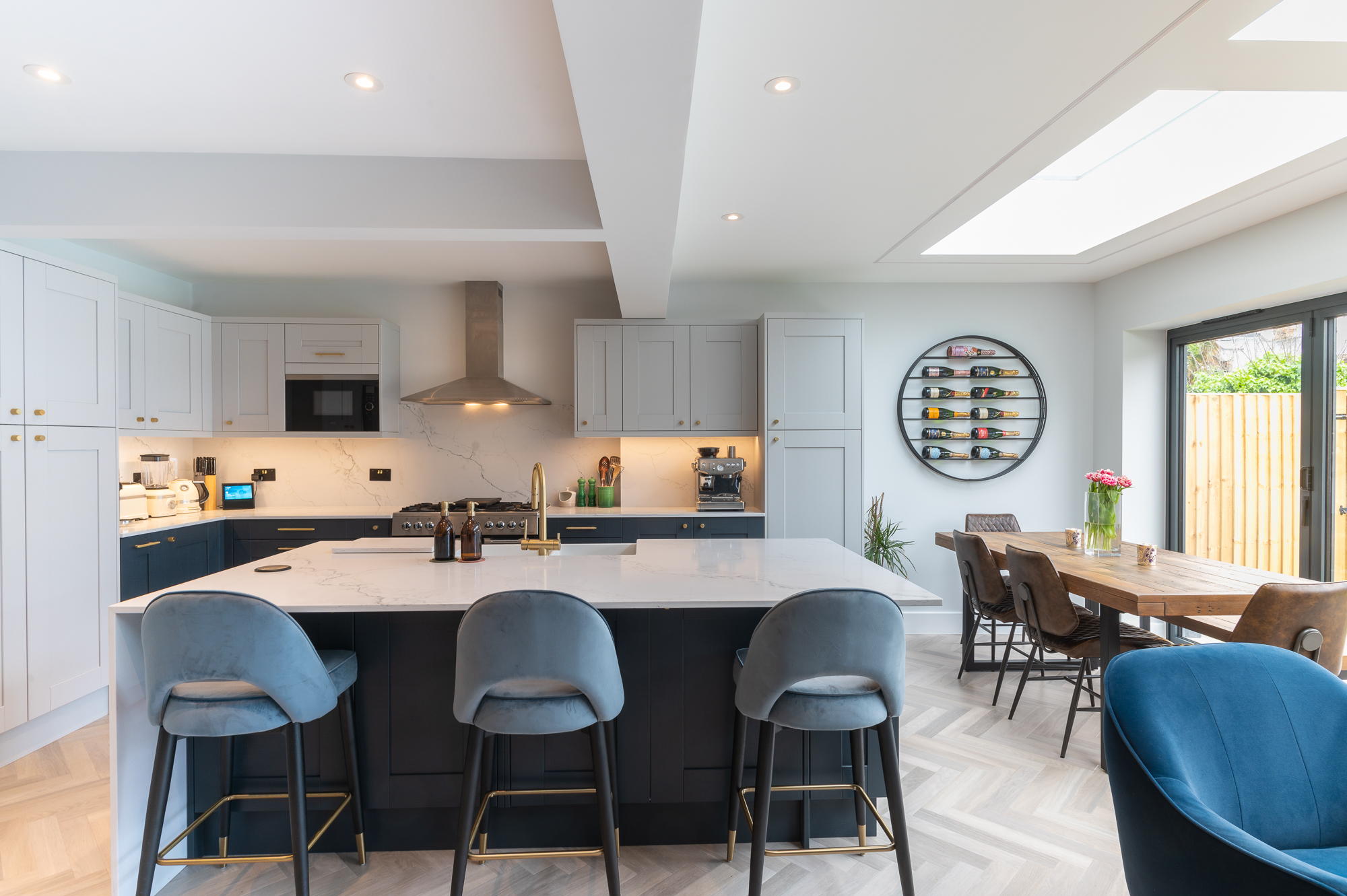Standard Dormer loft conversions
If you are worried that a complex extension requiring too many alterations exceeds your budget, then the dormer is the style to choose. These can extend to the full width of the building or stepped in from each side. Removing the rear roof will give your property a full-width dormer. Rear dormer is the most common choice to increase head height and floor space. It has vertical sides emerging from an existing sloping roof and a flattish roof with a 1:50 fall to the side to enable water drainage. Side dormers and front dormers, too, can offer the same advantages. Dormers are the cheaper alternative to hip to gable loft conversions, which require sizable changes to the roofline.
Flat roof dormers and Shed roof dormers are the simplest types of loft conversions. Their design has the advantage of providing a comfortable living space. If you are aiming for even simpler transformation, the addition of Velux windows to your loft can give your home a revolutionary Rooflight conversion.













